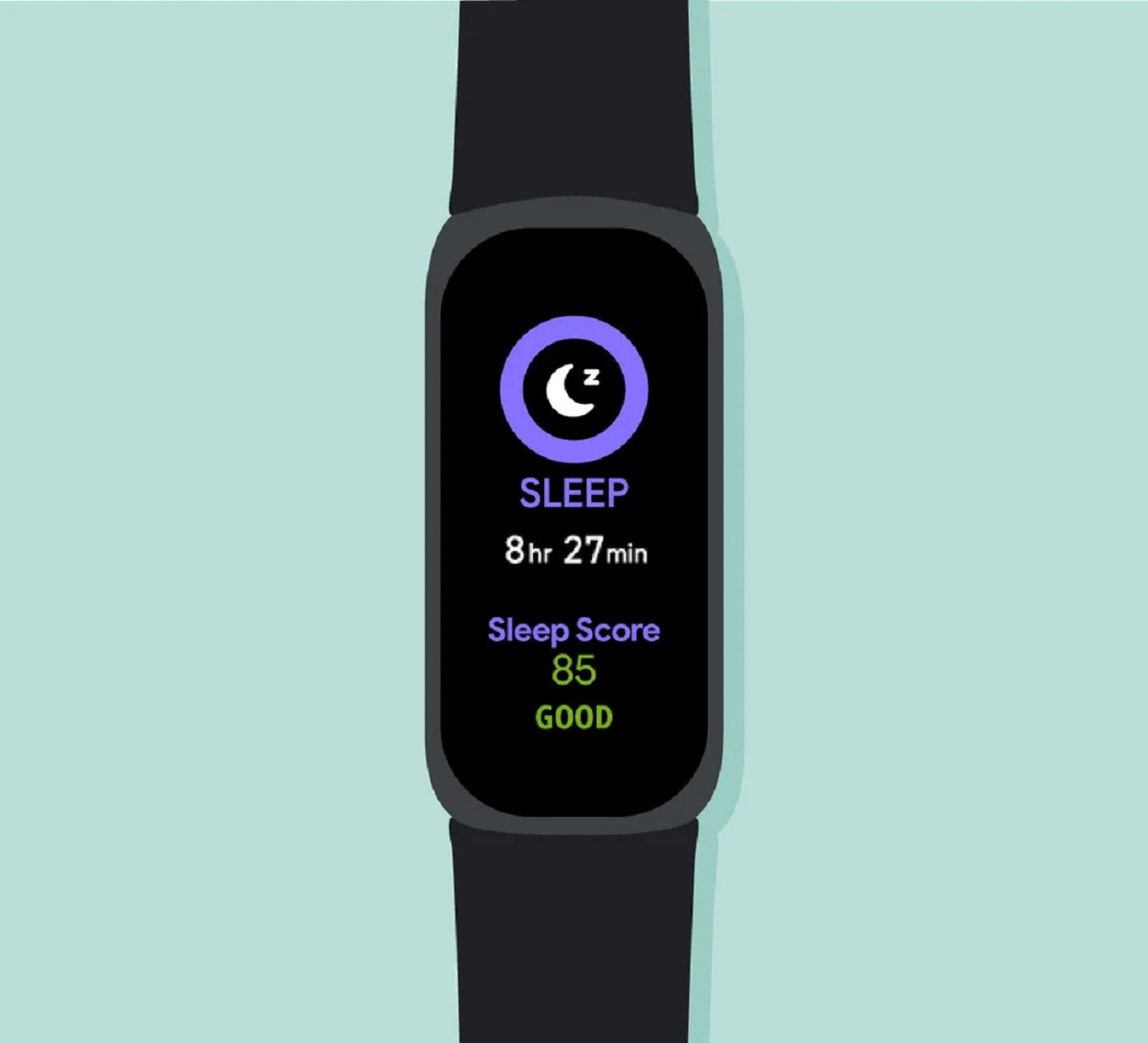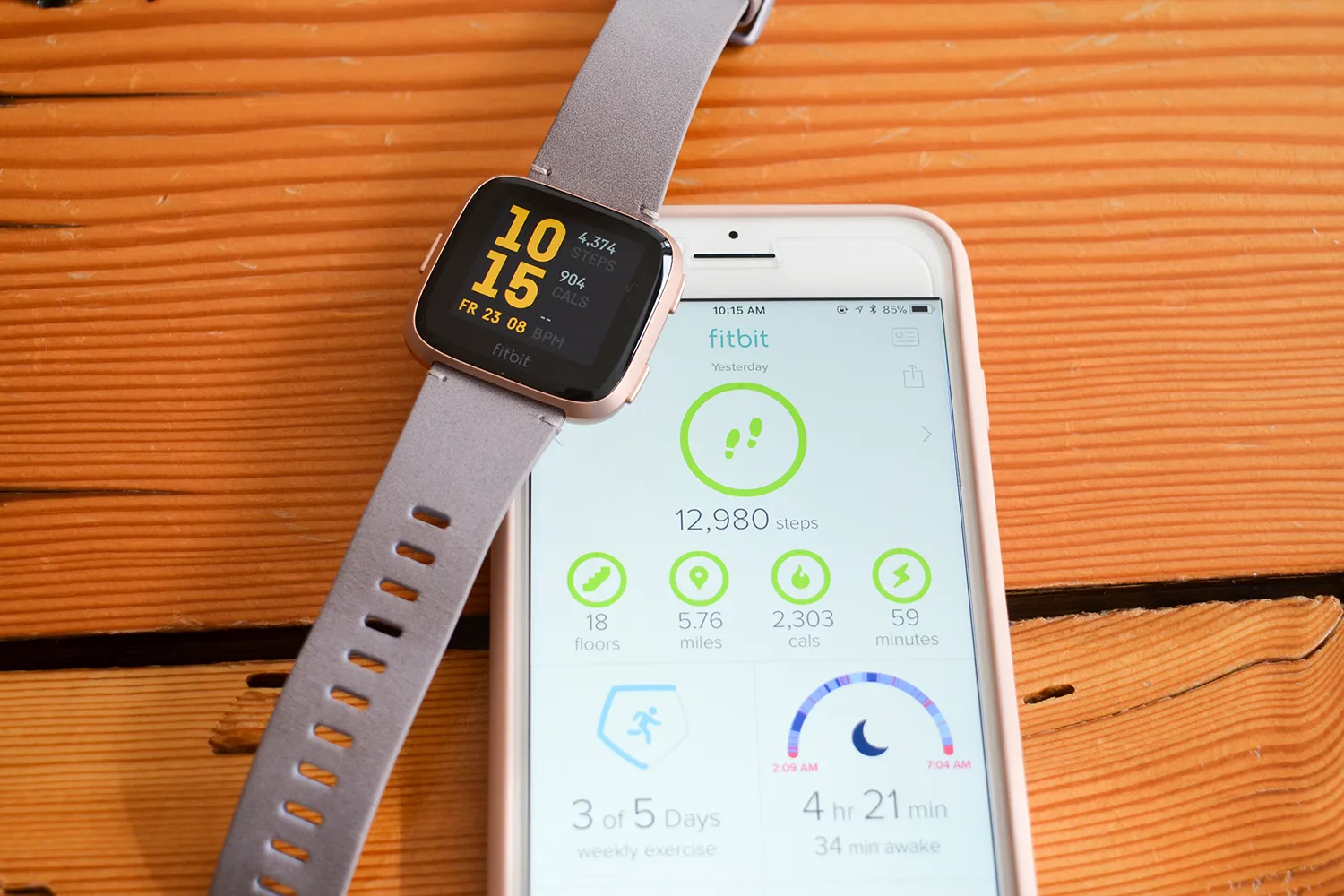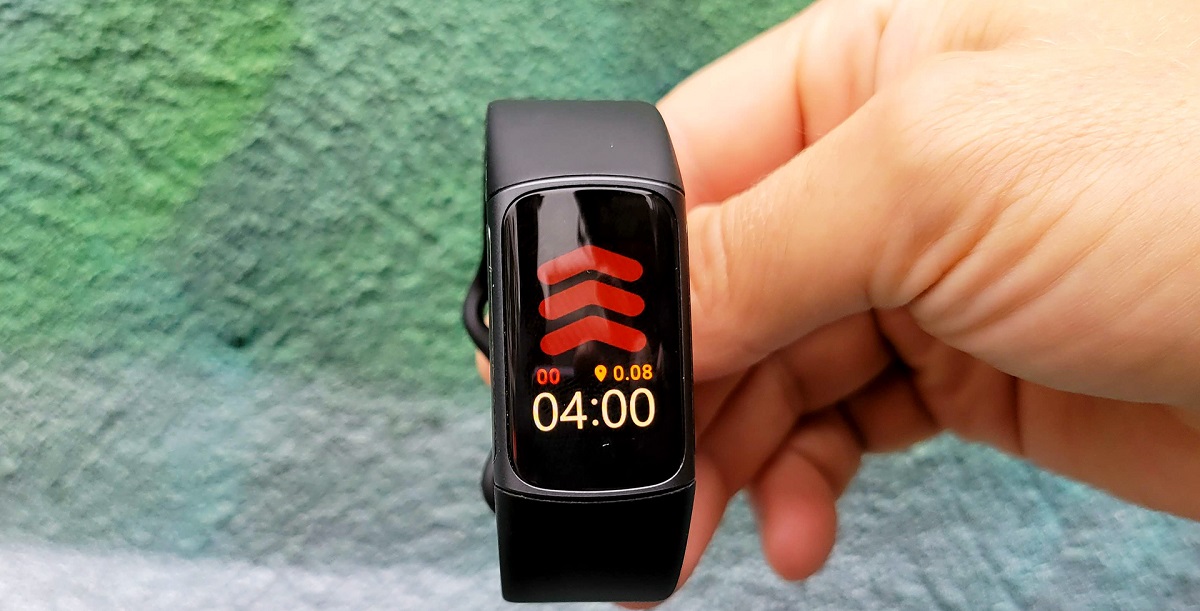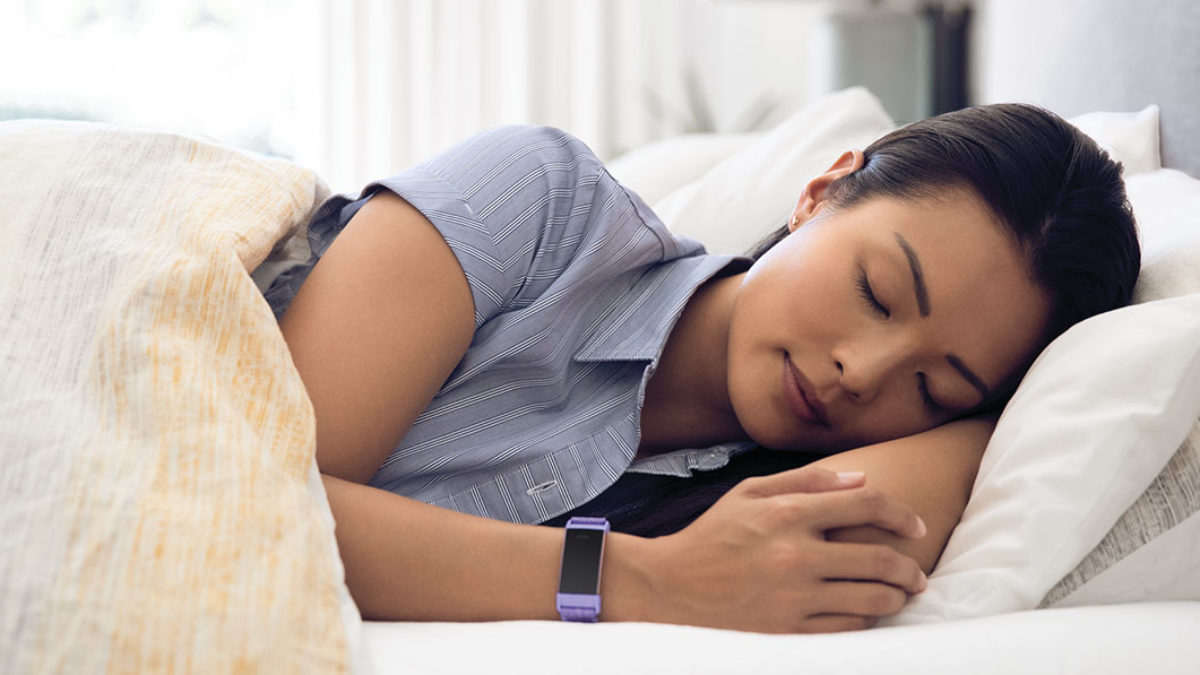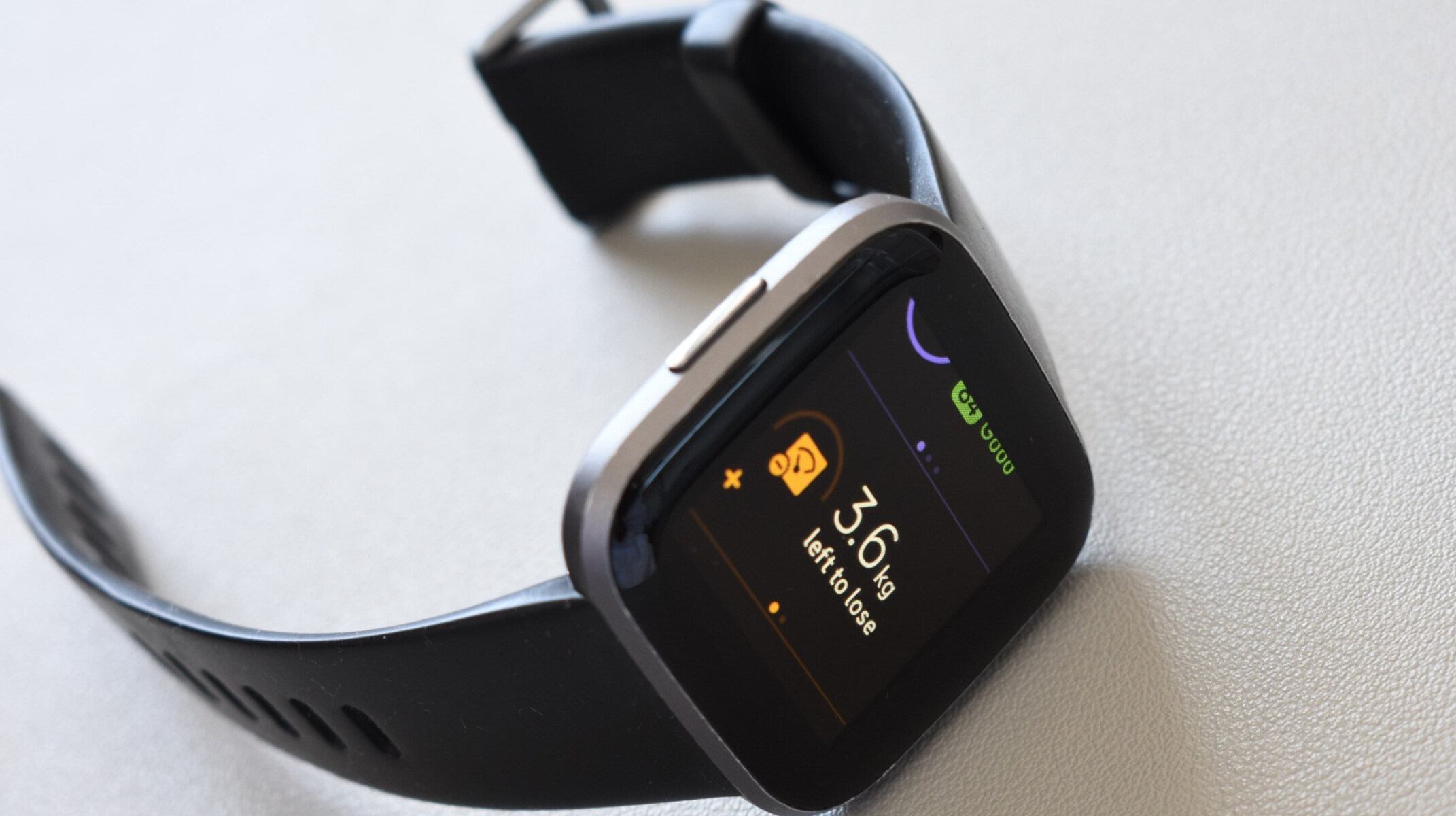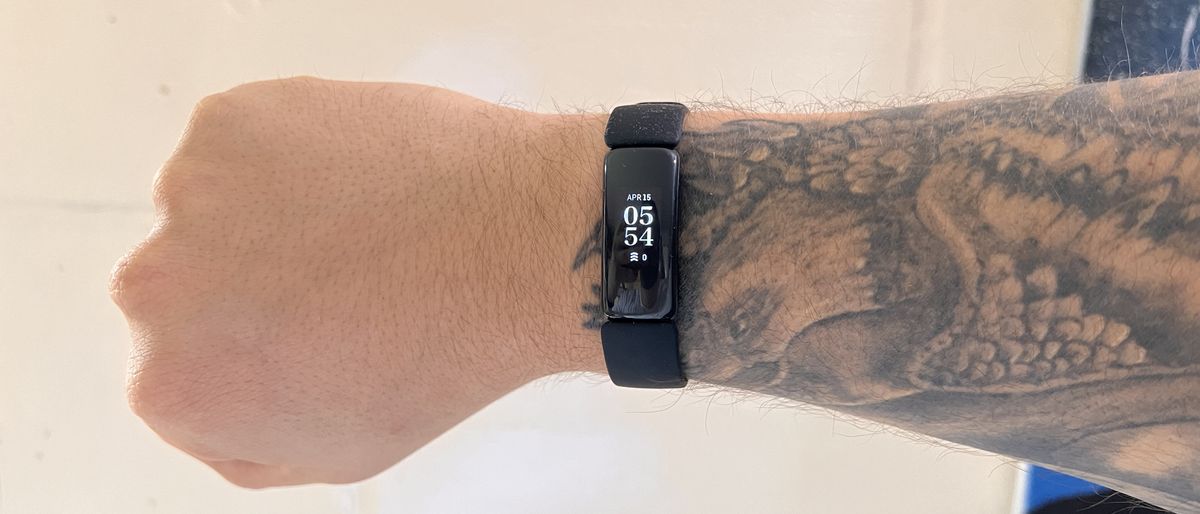Introduction
If you're an avid Fitbit user, you understand the invaluable insights that the sleep score feature can provide. It offers a comprehensive overview of your sleep quality, duration, and patterns, empowering you to make informed decisions about your well-being. However, encountering issues with your Fitbit not generating a sleep score can be perplexing and frustrating. Fear not, as we will delve into the potential reasons behind this snag and provide troubleshooting tips to help you get back on track with your sleep tracking journey.
Understanding the intricacies of sleep tracking on Fitbit devices is crucial for optimizing the accuracy of your sleep score. Whether you're a seasoned Fitbit enthusiast or a newcomer to the world of wearables, this guide will equip you with the knowledge to identify and address the root causes of your sleep score woes. By the end of this comprehensive exploration, you'll be armed with the insights needed to ensure seamless sleep tracking and accurate sleep scores on your Fitbit device.
Let's embark on this troubleshooting journey together, unraveling the mysteries surrounding sleep tracking and uncovering the solutions that will pave the way for uninterrupted access to your invaluable sleep scores. Whether you're facing technical glitches, misconfigurations, or other underlying issues, rest assured that we will navigate through these challenges and emerge with a clear understanding of how to resolve them.
Are you ready to reclaim the full potential of your Fitbit's sleep tracking capabilities? Join us as we unravel the complexities, debunk the myths, and empower you to overcome the hurdles that stand between you and your well-deserved sleep scores. Let's dive into the intricacies of Fitbit sleep tracking and equip ourselves with the knowledge to troubleshoot and resolve any obstacles that hinder the generation of your sleep score.
Check Your Fitbit Settings
Ensuring that your Fitbit settings are configured optimally is a crucial first step in troubleshooting the absence of a sleep score on your device. Start by accessing the Fitbit app on your smartphone or the Fitbit dashboard on your computer. Navigate to the "Account" or "Settings" section, where you can review and adjust the following settings:
-
Sleep Tracking: Verify that the sleep tracking feature is enabled. Navigate to the "Sleep" settings and ensure that the "Sleep Tracking" option is activated. Additionally, check the "Sleep Sensitivity" settings to ensure they align with your sleep patterns and preferences.
-
Device Sync: Confirm that your Fitbit device is successfully syncing with the Fitbit app or dashboard. A seamless sync is essential for accurate data collection, including sleep metrics. Troubleshoot any sync issues by following the recommended troubleshooting steps provided by Fitbit.
-
Notifications: Check if any notifications or alerts are disrupting your sleep tracking. Consider adjusting notification settings to minimize interruptions during the sleep tracking period.
-
Do Not Disturb Mode: If your Fitbit device supports "Do Not Disturb" mode, consider activating it during your designated sleep hours to prevent disturbances that could impact sleep tracking.
-
Time Zone and Clock: Ensure that the time zone and clock settings on your Fitbit device are accurate. Inaccurate time settings can lead to discrepancies in sleep tracking data.
-
Heart Rate Tracking: Verify that heart rate tracking is functioning properly on your Fitbit device. Anomalies in heart rate monitoring can affect the accuracy of sleep stage detection, potentially impacting the generation of your sleep score.
By meticulously reviewing and adjusting these settings, you can lay a solid foundation for seamless sleep tracking and the generation of accurate sleep scores on your Fitbit device. Taking the time to fine-tune these settings ensures that your device is primed to capture and analyze your sleep data effectively, providing you with valuable insights into your sleep patterns and overall well-being.
Ensure Proper Fitbit Placement
Proper Fitbit placement is pivotal in ensuring accurate sleep tracking and the generation of reliable sleep scores. The positioning of your Fitbit device on your wrist can significantly influence its ability to capture essential sleep metrics, including movement, heart rate, and sleep stages. To optimize the placement of your Fitbit for sleep tracking, consider the following guidelines:
-
Wrist Positioning: Place your Fitbit device snugly on your non-dominant wrist, preferably two finger-widths above the wrist bone. The device should be secure enough to minimize excessive movement during sleep while remaining comfortable for extended wear.
-
Secure Fastening: Ensure that the Fitbit band or clasp is securely fastened to prevent slippage or shifting during sleep. A loose or improperly fastened Fitbit may result in inaccurate sleep data capture, potentially affecting the generation of your sleep score.
-
Skin Contact: Verify that the underside of the Fitbit device, particularly the sensors, maintains consistent contact with your skin throughout the night. Adequate skin contact facilitates reliable heart rate monitoring and movement detection, contributing to precise sleep stage analysis.
-
Optimal Fitbit Model: Different Fitbit models may have specific placement recommendations. Familiarize yourself with the user manual or online resources related to your Fitbit device to ensure that you are adhering to the recommended placement guidelines for optimal sleep tracking performance.
-
Comfort and Breathability: While securing the Fitbit device, prioritize comfort and breathability to minimize discomfort or irritation during sleep. Select a band material that allows airflow and prevents excessive perspiration, promoting a comfortable sleep experience while maintaining consistent Fitbit placement.
By adhering to these placement considerations, you can enhance the accuracy of sleep tracking on your Fitbit, leading to more reliable sleep scores. A well-positioned Fitbit device maximizes the precision of sleep data collection, empowering you with comprehensive insights into your sleep quality and patterns.
Ensuring proper Fitbit placement is a foundational step in optimizing sleep tracking performance and unlocking the full potential of your Fitbit device's sleep score capabilities. By prioritizing the correct placement of your Fitbit device, you pave the way for informed sleep-related decisions and a deeper understanding of your overall well-being.
Update Your Fitbit Software
Ensuring that your Fitbit device is running the latest software version is essential for maintaining optimal performance, including accurate sleep tracking and sleep score generation. Regular software updates often include bug fixes, performance enhancements, and new features that contribute to the overall functionality of your Fitbit device. To update your Fitbit software, follow these steps:
-
Check for Updates: Open the Fitbit app on your smartphone or access the Fitbit dashboard on your computer. Navigate to the settings or device management section, where you can initiate a manual check for software updates. If an update is available, follow the on-screen prompts to download and install the latest software version.
-
Automatic Updates: Ensure that automatic software updates are enabled for your Fitbit device. This feature allows your device to receive and install software updates seamlessly, ensuring that you are always running the most current firmware.
-
Stable Internet Connection: Before initiating a software update, verify that your smartphone or computer is connected to a stable and reliable internet connection. A strong internet connection is crucial for downloading the update files and completing the installation process without interruptions.
-
Battery Level: Check the battery level of your Fitbit device before initiating a software update. It is advisable to have a sufficient battery charge to prevent any interruptions during the update process. If the battery level is low, consider charging your Fitbit device before proceeding with the update.
-
Patience During Update: Depending on the size of the update and your internet connection speed, the software update process may take some time to complete. Exercise patience and refrain from interrupting the update process to ensure a successful installation.
By keeping your Fitbit software up to date, you not only enhance the overall performance of your device but also contribute to the accuracy and reliability of sleep tracking, ultimately impacting the generation of your sleep score. Regular software updates often address known issues and introduce optimizations that can positively influence the quality of sleep data captured by your Fitbit device.
Embracing the habit of routinely checking for and installing software updates reflects a proactive approach to maintaining the functionality and effectiveness of your Fitbit device. This proactive stance extends to optimizing sleep tracking, ensuring that your sleep scores are based on the most current and refined algorithms and performance enhancements provided by Fitbit through software updates.
By prioritizing the update of your Fitbit software, you align yourself with the latest advancements and improvements, fortifying the foundation for accurate sleep tracking and the generation of insightful sleep scores. This commitment to software maintenance and enhancement underscores your dedication to leveraging the full potential of your Fitbit device in monitoring and understanding your sleep patterns.
Troubleshoot Sleep Tracking Issues
Identifying and addressing potential issues that affect the accuracy of sleep tracking on your Fitbit device is crucial for resolving the absence of a sleep score. By delving into the intricacies of sleep tracking, you can uncover and troubleshoot common issues that may hinder the generation of your sleep score.
Data Synchronization
Ensure that your Fitbit device is consistently syncing with the accompanying app or dashboard. Inconsistent data synchronization can lead to gaps in sleep tracking data, resulting in the absence of a sleep score. Troubleshoot synchronization issues by restarting your Fitbit device, ensuring Bluetooth connectivity is stable, and verifying that the Fitbit app is running the latest version.
Environmental Factors
Environmental disturbances, such as irregular sleep patterns, varying room temperatures, or excessive ambient light, can impact the accuracy of sleep tracking. Establish a consistent sleep schedule, optimize your sleep environment for comfort and darkness, and minimize external factors that may disrupt sleep. By mitigating environmental influences, you create an optimal setting for precise sleep tracking and the subsequent generation of your sleep score.
Fitbit Device Maintenance
Regularly maintain and clean your Fitbit device to ensure optimal performance. Accumulated debris or sweat residue may interfere with sensor functionality, affecting the accuracy of sleep tracking. Follow the manufacturer's guidelines for cleaning your Fitbit device, and pay particular attention to the sensors and charging ports. A well-maintained Fitbit device contributes to reliable sleep tracking and the generation of accurate sleep scores.
Sleep Interruptions
Instances of brief awakenings during the night, whether due to discomfort, environmental factors, or other reasons, can disrupt continuous sleep tracking. While these interruptions may not be entirely avoidable, minimizing potential disruptions can enhance the consistency and accuracy of sleep tracking. Implement strategies to promote uninterrupted sleep, such as optimizing sleep posture, creating a conducive sleep environment, and addressing any underlying factors that contribute to sleep disturbances.
Heart Rate Variability
Monitor the consistency and accuracy of heart rate tracking on your Fitbit device. Fluctuations or irregularities in heart rate monitoring can impact the precision of sleep stage detection, consequently influencing the generation of your sleep score. If you notice persistent issues with heart rate tracking, consider adjusting the placement of your Fitbit device, ensuring proper skin contact and a secure fit to optimize heart rate monitoring during sleep.
By diligently troubleshooting sleep tracking issues, you pave the way for improved accuracy and reliability in sleep data capture, ultimately leading to the generation of comprehensive and insightful sleep scores on your Fitbit device. Embracing proactive troubleshooting measures empowers you to overcome potential obstacles and unlock the full potential of your Fitbit's sleep tracking capabilities.
Contact Fitbit Support
If despite your best efforts, the issue of not receiving a sleep score on your Fitbit persists, it may be time to seek assistance from Fitbit's dedicated support team. Contacting Fitbit support can provide personalized guidance and troubleshooting tailored to your specific device and circumstances.
Direct Communication Channels
Fitbit offers multiple channels for users to reach out for support, including online resources, community forums, and direct customer support. Utilize the following communication avenues to connect with Fitbit support:
-
Online Support Portal: Access Fitbit's official support portal, where you can browse through an extensive knowledge base, FAQs, and troubleshooting guides related to sleep tracking and device functionality.
-
Community Forums: Engage with the active Fitbit community forums, where fellow users and Fitbit moderators share insights, tips, and solutions for a wide range of device-related issues, including sleep tracking anomalies.
-
Customer Support: Reach out to Fitbit's customer support team via email, live chat, or phone support. Direct communication with Fitbit's support representatives allows for personalized assistance and in-depth troubleshooting of your sleep score concerns.
Providing Detailed Information
When reaching out to Fitbit support, it's essential to provide detailed information about your Fitbit device, the specific sleep tracking issue, and any troubleshooting steps you've already undertaken. Include the following details to facilitate a more efficient and targeted support experience:
- Fitbit Device Model and Firmware Version
- Description of Sleep Tracking Anomalies
- Steps Taken to Troubleshoot the Issue
- Any Relevant Environmental or Usage Factors
By furnishing comprehensive information, you enable Fitbit support to grasp the nuances of your situation and deliver tailored recommendations to address the sleep score snag effectively.
Collaborative Troubleshooting
Engage in collaborative troubleshooting with Fitbit support to leverage their expertise and insights. Be open to following their guidance, performing additional diagnostic steps, and potentially providing diagnostic data from your Fitbit device. This collaborative approach fosters a proactive partnership aimed at resolving the sleep tracking issue and restoring the generation of your sleep score.
Persistence and Patience
While seeking assistance from Fitbit support, maintain persistence and patience throughout the troubleshooting process. Complex issues may require thorough investigation and iterative troubleshooting steps. By remaining engaged and receptive to the support team's guidance, you maximize the likelihood of reaching a resolution that reinstates the accurate generation of your sleep score on your Fitbit device.
In summary, contacting Fitbit support represents a proactive and resourceful approach to addressing persistent sleep tracking issues and the absence of a sleep score. Through effective communication, collaboration, and a willingness to engage in targeted troubleshooting, you position yourself to overcome obstacles and restore the full functionality of your Fitbit device's sleep tracking capabilities.









